Dad climbed into the passenger seat. The children were already settled in the back. We were off to the orchard to pick apples, bring them home, and make some much-loved applesauce and apple pie. Dad asks, “What kinds of apples do you plan on getting? Your mother always loved the Northern Spy. She said they made the best pies.”
Mom had passed away the previous winter and Dad was still adjusting to a life that no longer included his partner of 61 years. He kept busy with reading and visiting his family. He usually came to see us about once a month, staying for a few days or longer since it was a good six-hour drive or a two-hour flight from where he lived.
“You know, I just read a story about a young boy. He lived in the country, Wisconsin, I think. It’s named after a certain Wolf River where it grew. His mother sent him to the back orchard to pick an apple to make a pie. I was surprised. She only asked for one apple.”
As the story continued, the apple was described as a Wolf River apple, and one apple was large enough to fill one pie or more. They apparently have a saying along the Wolf River: One apple. One pie. Amazing! “I’ve never heard of the Wolf River apple, have you?”
“No, Dad,” I answered, pulling the car into the dirt-packed parking area of the orchard. “But we can ask. They have a lot of heritage apples here. Like Cox’s Pippin apples. Ever heard of them?” Dad shook his head. “Really tiny apples. Not much bigger than a crab apple. It’s an early apple. Very sweet. Firm. Almost like a Golden Delicious only much smaller.”
“I hadn’t realized there were so many types of apples. So many I’d never heard of before.”
The Enormous Wolf River Apple
We did ask about the Wolf River. The farmer beamed with pleasure when we asked. “Few people ask for Wolf River apples anymore,” he claimed. “They all want the better-known types like Macs (McIntosh) and Spartans and Empires.”
He pulled out a bushel of huge apples. “Wolf River.”
“We’ll take them.”
That and the usual Macs and Spartans and Empires, and, of course, the Cox’s Pippins, filled the back of the car. I wasn’t as fond of the Northern Spy as my mother had been, so I wasn’t disappointed to learn that they weren’t ready for picking just yet. Satisfied with our hull, we headed home to sample our treasures.
The Wolf River was an instant hit. Firm, chewy, sweet, and just a tad juicy, we were not surprised to discover that one apple did indeed fill one pie crust. Topped with maple sugar and cinnamon, the delectable aromas of the apple treat baking in the oven filled the house.
Dad was impressed with the Cox’s Pippin. We did some research and discovered that it was actually a British heritage apple, more specifically known as the Cox’s Orange Pippin, or more simply, Cox. It was first grown and cultivated at Colnbrook in Buckinghamshire by the retired brewer and horticulturist, Richard Cox.
Popular Apple Varieties
So what is the best apple? And how many varieties do you know? I’m willing to bet that everyone has heard of McIntosh, Spartan, Empire, Granny Smith, Golden Delicious and Red Delicious. You will probably find all of these, and a few others, in the produce section of your local grocery store.
So, what apples are best? With 7,500 cultivars (varieties) to choose from, there’s quite a selection. But in reality, only about a hundred of these apples are commercially grown for the consumer market. The other apples are grown as pollinators for the popular varieties or to produce large quantities of cider and other apple-related items for the consumer market.
Well, I know what’s most popular in my own household. Chances are these are some of your favorites, too!
McIntosh
Named after John McIntosh, the United Empire Loyalist who settled in Dundas County, Ontario, Canada in 1790. McIntosh discovered the young trees while clearing his land. He nurtured them and named the tasty, sweet juicy fruit the McIntosh Red.
The original McIntosh apple orchard still exists, but the fruit is grown widely and is very popular for sauces, pies, salads, and just eating fresh off the tree. The apple does become very soft when cooked, but it holds its sweet, sometimes tangy flavor well.
Empire
This apple has been described by some as a McIntosh-type apple. It’s somewhat firmer than the McIntosh, and it has a long shelf life, which is good for those of us, like myself, who like to buy apples in bulk to supply the family needs all winter.
The apple is sweet and juicy, much like the McIntosh, but much crisper. I use it in my sauces, pies, salads, either to compliment the McIntosh apples or on its own. The empire is also best eaten fresh off the tree. Crisp, sweet, and juicy.
Cortland
This is another apple that has been cross-pollinated with the McIntosh. It’s a large, flat apple, as opposed to the more round shape of the McIntosh.
With a dull, red skin, its flesh is soft and white. It doesn’t have that rich apple smell of the McIntosh, but it keeps well, and like the McIntosh, it’s very good in sauces, pies, salads, or just fresh off the tree. Soft and crunchy, sweet and juicy.
Spartan
The Spartan was the first new apple cultivar developed by Dr. R. C. Palmer and produced by a formal scientific breeding program. It was introduced in Summerland, British Columbia by the Federal Agriculture Research Station in 1936.
It’s another McIntosh-cross cultivar, a good, all-purpose apple, medium-sized and usually bright red with patches of greens and yellows. Not only does it keep well, but it’s crunchy, sweet and a little bit juicy, but not as much as the McIntosh. Good in sauces, pies, salads, or just fresh off the tree.
Braeburn
This is a very firm apple, much like the Red Delicious. Its skin is mostly red with slightly off-white flesh. Due to its sweet flavor, it’s typically not baked or cooked in apple dishes as it doesn’t soften much during the cooking process.
However, combined with some of the other baking apples, like the McIntosh, it does add a unique flavor and texture to the dish. Braeburn is best for eating on its own.
Wolf River
Heritage apple = a very large apple. Usually, only one apple is needed to fill one pie and its skin is pinkish red with white flesh. Not terribly juicy, but the Wolf River is usually sweet.
Unfortunately, it doesn’t keep too well but cooks up well in apple dishes, especially when combined with other apples like the McIntosh.
Golden Delicious
I usually call this my summer apple, as it replaces the other apples until they become available again in the late summer, early fall.
With yellow skin and a slightly yellowy-white flesh, Golden Delicious apples are firm, sweet, and best used in salads and blended with other apples in various baking dishes.
Snow
Another heritage apple. Known as Snow or Fameuse, this apple is really sweet, juicy, and delicious. It’s possible that it gets its name from the color of its flesh, since it’s really, really white.
It’s a hardy, northern apple, one of the oldest apples originating in Quebec, Canada in the early 18th-century. The Snow Apple is probably a parent of the much loved McIntosh with its crimson red skin, white flesh, and sweet, juicy flavor. The Snow apple is good to eat, good to cook, and good for just about anything.
Cox’s Orange Pippin
A popular apple in Great Britain, the Cox’s Orange Pippin is another heritage apple. Usually tiny in size, this apple features a slightly golden-yellow skin with some brownish coloring.
Texture and taste wise, the Cox’s Orange Pippin is tender, crisp, slightly sweet, and slightly tart. It doesn’t keep well, but blends well with other apples in various apples dishes and sauces. It’s best eaten fresh off the tree.
There are plenty of other cultivars to choose from. Your favorites may differ greatly from mine and that’s okay! There are lots to choose from but perhaps not so much choice in the grocery store.
I challenge you to explore the local orchards in your area and see what different apples they grow. With all the cultivars being grown, you could probably eat a different variety of apple every day for the rest of your life.
All About Heritage Apples
These are the apples that grew in our grandparents’ and great grandparents’ yards and orchard. The apple trees were prolific in their crops, and the fruits were sweet, crisp, and tasty when eaten right off the tree. Most of these apples, however, were small or oddly-shaped or motley-skinned.
In other words, heritage apples didn’t look pretty. They didn’t keep well once picked. And consequently, they wouldn’t sell well in the stores. Sadly, as a result, many of these heritage apples are disappearing as the trees are cut down and not replaced.
When we first moved to our country property, there were two huge apple trees in the backyard. As tall as our maple trees, these apple trees had not been pruned or taken care of. They still produced fruit, but on a tree, half-rotten from age and over-growth, the fruit was small (smaller than the Cox’s Pippins) and bitter.
It was good in applesauce, though, and the wildlife certainly enjoyed them. After a very soggy spring and summer, the water-logged, rotten trunks couldn’t bear the weight of the upper branches and last August, during yet another heavy rain, I watched with horror as one, then the other of the old apple trees fell to the ground, just missing the house but taking the fence down. It was an eerie sight to behold, as it all happened as if in slow motion.
However, my attempt at preserving heritage apples is not done yet. I have two Wolf River apple trees growing steadily. Hopefully, in a few years, I’ll be enjoying the fruits from these trees.
Started from the seeds of the last Wolf River apples I purchased at a local heritage apple orchard, an orchard that had been in the same family for over a hundred years. It was mowed down, literally, to make room for another unnecessary subdivision.
The only reminder that this may have once been an apple orchard is the name of one of the streets, “Orchard View”. Even the trees planted along the street aren’t apple trees. One would think that a more fitting tribute would be to plant some heritage apple trees instead!
I’m not alone in wanting to preserve a little bit of apple heritage. There are apple heritage groups springing up all over the apple-growing world. People are starting to take notice of these unusual, unattractive but very tasty, old apples.
Growing An Orchard From Scratch
Can you grow your own apple trees from seed? Why not? That’s how the orchards were started in previous centuries. I’ve successfully grown two Wolf River apple trees from seed. Not much, but it’s a start.
Remove the firm, brown seeds from the core and soak them overnight. Place them in a small pot of rich potting soil, water regularly, and wait patiently. If successful, you should see sprouts in a few weeks. Wait until the trees are at least a foot tall before transplanting them outside.
Stake them for support to keep the growth reasonably straight. I cover mine with lots of leaf mulch each autumn and trim dead branches in the early spring. I’m still waiting, but they’re still growing, so I haven’t given up.
And yes, you can grow really big apples, bigger than the Wolf River. According to the Guiness Book of Records, the largest apple weighed in at 4 pounds, 1 ounce in Hirosaki City, Japan in 2005. Now there’s a record to beat. Must have been the size of a small pumpkin. Amazing!
Nutritional Benefits Of Apples
This nutritious fruit has been around for some time. It was, after all, the apple tree in the Garden of Eden that lured Eve to take that first juicy bite. But apples aren’t evil. In fact, with at least 7,500 varieties of apples grown worldwide, there is good reason to believe the age-old saying, “Ate an apfel avore gwain to bed, makes the doctor beg for his bread.”
Well, actually, most of us know this old English saying as, “An apple a day keeps the doctor away.”
Is it true? Are apples really that good for you? Considering the fact that apples contain lots of nutrients, it is reasonable to say that there is some truth in this statement. Other than containing lots of Vitamins C and K, apples are full of strong antioxidants, some of which protect against diseases like breast and colon cancers, inflammations, and even kidney stones.
Apples are also beneficial in the fight against high cholesterol, high blood sugar levels, as well maintaining a healthy digestive tract. And at 80 calories per medium-sized apple, what’s there not to enjoy?
Best Applesauce Ever
Use as many different varieties as you have at your disposal!
Peel, core, and chop as many apples as you’d like – there isn’t an exact with this. Add the apples to the pot with a little water to prevent burning at the bottom. Sprinkle with maple sugar (optional) and cook to desired tenderness.
My favorite finished product is partly mashed with some firmer chunks not thoroughly cooked (adds a bit of crunch). You can leave the skin on for the cooking process, which I sometimes do. This adds more nutrients to the finished sauce.
Each of the following recipes work well with any cultivar of apple. Each variety will alter the taste and texture of the finished product but will still taste delicious.
Maple Dutch Apple Cake
Ingredients
- 1½ cups extra light olive oil
- 1¼ cups finely ground maple sugar (use brown sugar if maple sugar unavailable)
- 3 eggs
- 1½ cups all purpose flour
- 1 teaspoon baking powder
- ½ teaspoon sea salt
- 4-5 medium apples; peeled, cored and sliced
- ½ teaspoon cinnamon
Directions
- Blend together extra light olive oil, 1 cup of the maple sugar, and eggs.
- Add flour, baking powder, and sea salt and mix well.
- In a 9-inch square baking pan, lightly greased with extra light olive oil, pour in half of the batter.
- Spread sliced apples evenly over top.
- Sprinkle with remaining ¼ cup maple sugar and cinnamon.
- Top with remaining batter.
- Bake in a preheated 350°F oven for 50-60 minutes or until a toothpick inserted in the center comes out clean.
- Cut and serve hot or cold. Serves 8-10
Basil Cheese Muffins
Ingredients
- 2 cups all-purpose flour
- ½ teaspoon granulated sugar
- 1 tablespoon baking powder
- ½ teaspoon baking soda
- 1 cup cheddar, grated
- 1 teaspoon finely chopped fresh basil (or crumbled dried basil)
- 1 cup apple, chopped and cored (peeled if desired)
- ¼ cup extra light olive oil
- ¾ cup milk
- 1 egg
Directions
- Lightly toss the first seven ingredients by hand in a medium-sized bowl. Make a well in the center.
- In a separate bowl blend the remaining ingredients.
- Pour into the well in the center of the flour mixture and stir to blend.
- Line muffin pans with muffin liners. Fill ¾ full.
- Bake in a preheated 375°F oven for 20-25 minutes or until a toothpick inserted comes out clean.
- Serve warm. Makes 6 large muffins.
Apple Chicken
Ingredients
- 4 boneless, skinless, uncooked chicken breasts
- ½ c. apple cider or apple juice
- 1½ tsp. cider vinegar
- ½ tsp. sea salt
- ¼ tsp. black pepper
- ½ tsp. garlic powder
- ½ tsp. fresh basil, stems removed and leaves chopped fine
- ½ tsp. fresh parsley, chopped fine
- ½ tsp. fresh green oregano, stems removed and leaves chopped fine
- 2 apples, peeled, cored, and quartered
- 1 small onion, finely chopped
Directions
- Lay chicken breasts side by side in a large, flat glass casserole dish.
- Pour apple cider and cider vinegar evenly over all of the chicken breasts.
- Sprinkle with sea salt, black pepper, garlic powder, basil, parsley and oregano.
- Layer with apples and chopped onion.
- Cover the casserole dish with foil and bake in a preheated 375°F- oven for 50-60 minutes or until chicken is cooked and tender.
- Serve hot. Makes 4 servings.


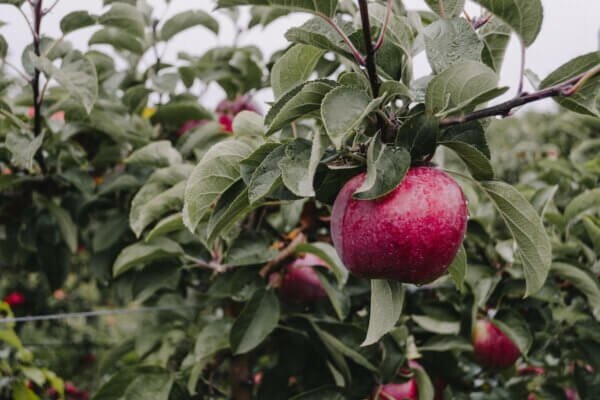
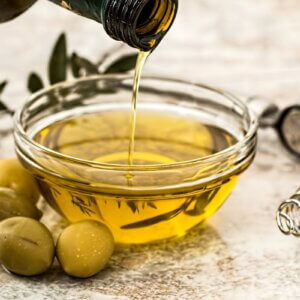
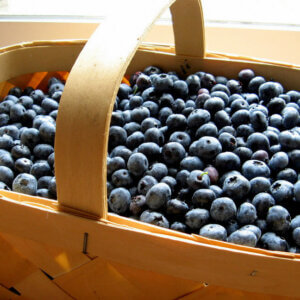






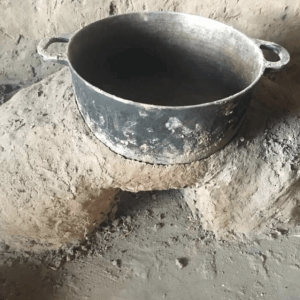
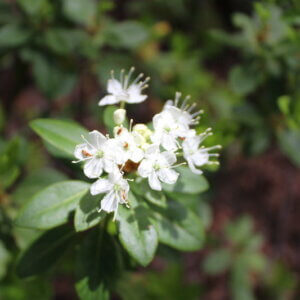
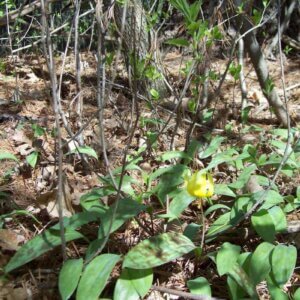
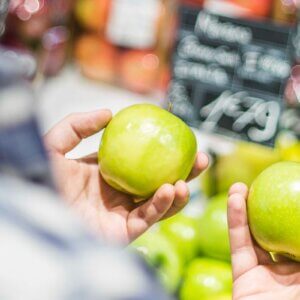
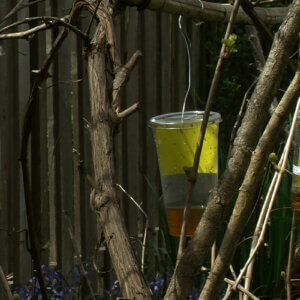




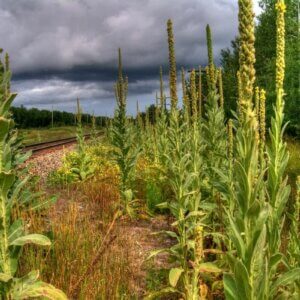

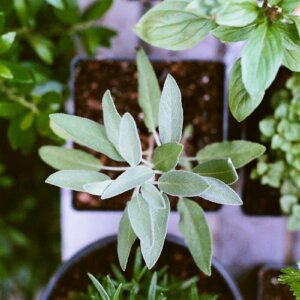

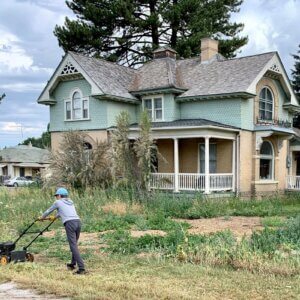
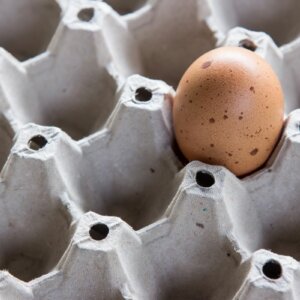



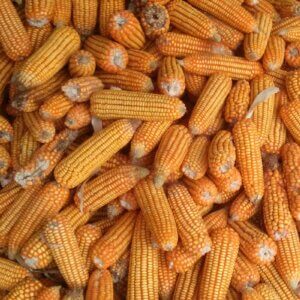



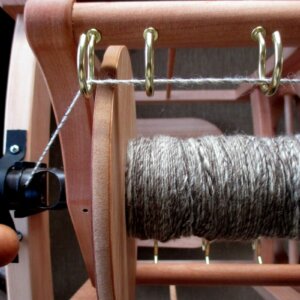
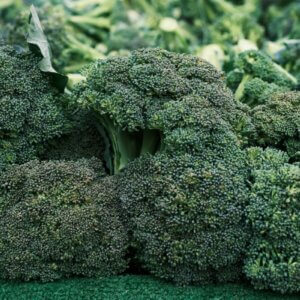





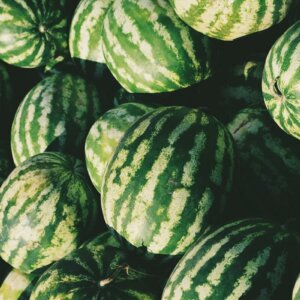


Empire? Braeburn? Unimpressive varieties created for commercial growers. Better commercial varieties are Crimson Topaz and Crimson Crisp. McIntosh, imo, is a mealy, disappointing apple. So many better apples available. How about Tollman Sweet?